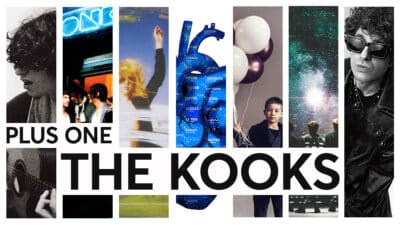Music
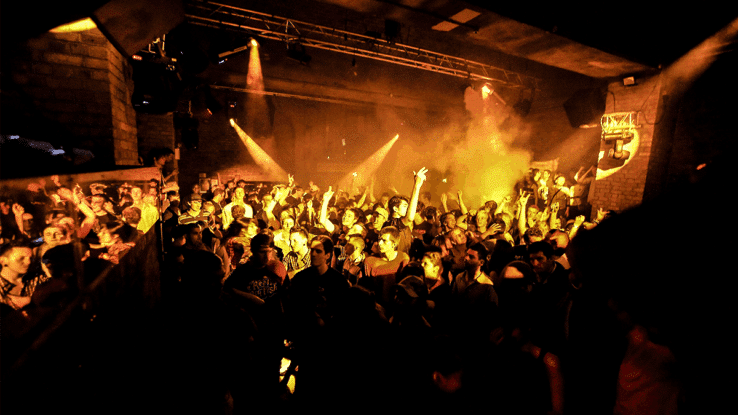
Step Inside
Step Inside: fabric London
Everything you need to know about one of the UK's most revered nightclubs
| Venue Quick Facts | |
|---|---|
| Venue Name | fabric London |
| Location | Farringdon, Central London |
| Nearest Train Stations | 3 min walk from Farringdon (Hammersmith & City, Metropolitan, and Circle Lines), 10 min from Chancery Lane (Central Line) |
| Address | 77A Charterhouse St, London EC1M 6HJ |
| Phone # | 020 7336 8898 |
| Capacity | 1,600 people |
| Opened | 1999 |
| Founded By | Keith Reilly and Cameron Leslie |
| Website | fabriclondon.com |
Ibiza might like to claim it’s home to the best clubs in the world, but it faces stiff competition in the form of fabric London, a storied institution that hasn’t just been the backdrop to the evolution of rave culture – it’s actively shaped it.
Founded by Keith Reilly and Leslie Cameron in 1999, fabric remains a top destination for discerning ravers, and its reputation for impeccably curated line-ups is, at this point, nothing short of legendary.

fabric London History
Keith Reilly had been throwing warehouse raves since the late 70s, but as British rave culture started to turn commercial he became obsessed with the idea of opening a venue that would allow dance music to return to its authentic, underground roots. This led to a decade-long search for the perfect spot, with Reilly investigating thousands of locations. At one point he struck a deal with Transport for London to turn a disused tube station into a club, spending vast sums of money on making it compliant with regulations before a fire at King’s Cross spooked TfL and led to the agreement collapsing.
Finally, on the brink of financial ruin, Reilly found a renovated, underground cold-storage unit opposite the London Smithfield meat market in Farringdon. It ticked all the right boxes, and Reilly partnered with Cameron Leslie – who at the time was working as a hospitality and leisure consultant at Deloitte – to arrange financing for the venture. While Leslie sorted the money, Reilly meticulously designed the club’s interior, drawing on his years of experience in the rave scene to create a space uniquely suited to partying. It didn’t take long to come together, and fabric’s doors opened to the public on October 29, 1999.
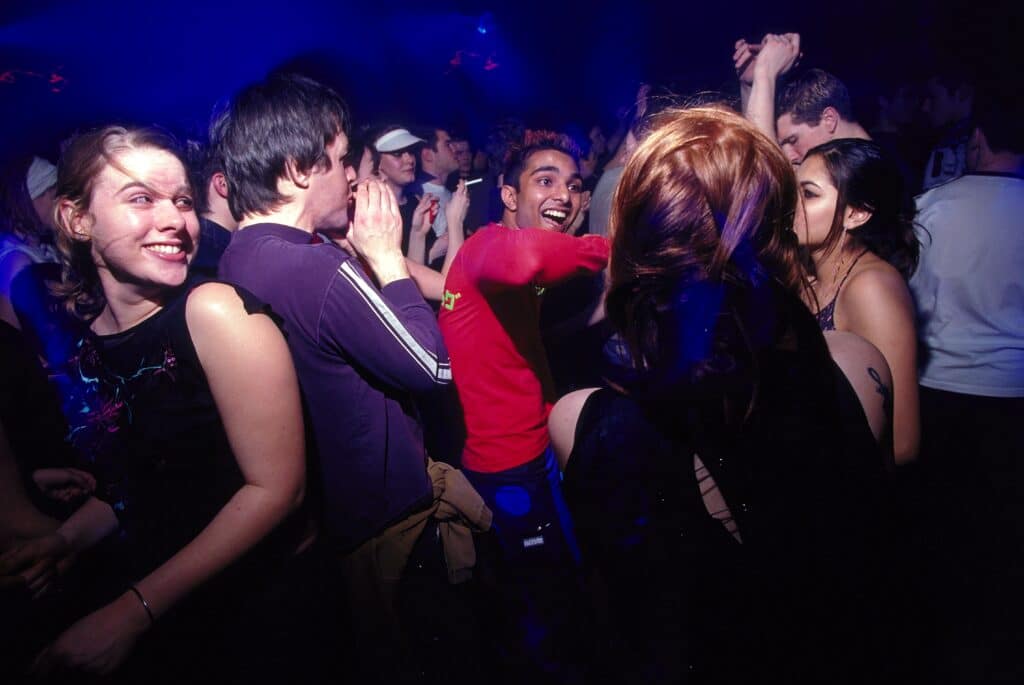
The elation was short-lived. The first months of fabric’s life were marked by extreme financial difficulty, with Reilly forced to sell his family home to keep the doors open. And although the club eventually became wildly successful – both financially and in terms of its cultural impact – Reilly has been open about the difficulties involved, admitting in a 2014 interview with Insomniac Magazine that his devotion to the venue has required immense personal sacrifice and even caused the breakdown of his marriage.
Closure and Reopening
In September 2016, Islington Council revoked fabric’s license following an investigation into drug-related deaths. The decision sparked shocked outrage throughout the music industry, and a campaign was swiftly launched to secure fabric’s future, with £200,000 raised through crowdfunding to support the legal effort to keep the club open.

Following more than two months of legal wrangling, and after a number of high-profile celebrities and politicians publicly voiced their support for the club, Reilly and Leslie came to an agreement with Islington Council. As part of the deal, fabric introduced tougher measures to combat substance abuse inside the venue, including a photographic identification system and undercover surveillance.
Club Design
First-time ravers at fabric can usually only talk about one thing once the night is over: the vibrating “bodysonic” dance floor in Room One. This remarkable feat of sonic engineering is made possible by 400 bass transducers attached to the underside of the floor, which vibrate at the same frequency as the bassline of whatever record the DJ is currently playing. But while Room One’s vibrating dance floor is the star of the show, fabric also boasts two other rooms, with the club’s layout designed to make it easy to move from one to another, allowing ravers to change environment whenever the mood takes them.

There are also number of locations in the club for those in need of a break. Comfortable seating can be found opposite the Sunken Bar, which is located between Room One and Room Two, and there’s a mezzanine above Room One that offers more seating and something of a reprieve from the sound, although this space isn’t always open. Finally, the smoking area is open all night.
Nights at fabric London
fabric currently runs three nights per week: FABRICLIVE, Fabric and Wetyourself, which take place on Friday, Saturday and Sunday respectively. FABRICLIVE mainly features drum and bass, although other bass-heavy genres like grime and dubstep are also on the menu. Fabric is devoted to more accessible genres like house, techno and disco. Wetyourself is a polysexual event that typically features underground house.
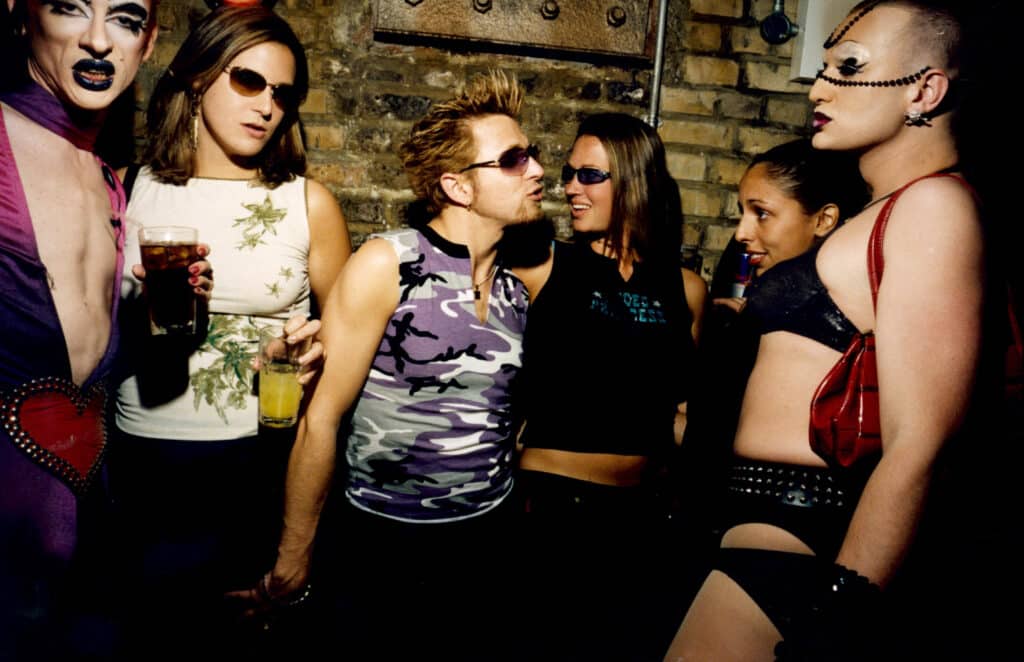
The club’s resident DJs, Craig Richards and Terry Francis, can usually be found playing on Saturday nights, although Richards’ residency is no longer weekly.
Fabric Records
In 2001, Reilly and Leslie launched Fabric Records, an imprint used to release two mix compilation series, FABRICLIVE and fabric. The former was devoted to the rougher edges of rave culture, featuring dubstep, grime, UK bass and hip hop, while the latter focussed on techno and the many permutations of house. Both series were revered in the UK rave scene, and getting selected to record a mix was considered a career highlight for DJs.
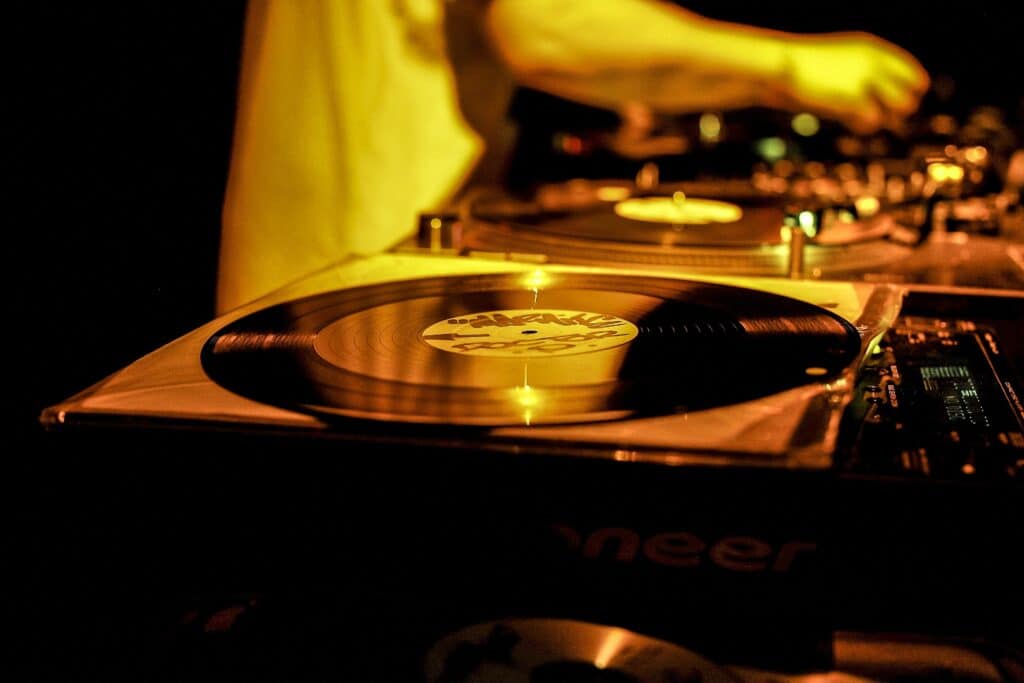
In 2018, both FABRICLIVE and fabric were brought to an end, replaced by a quarterly mix series titled fabric presents. The inaugural mix was recorded by Bonobo, with subsequent mixes curated by artists including Amelie Lens, Chase & Status, Chaos in the CBD, and Confidence Man.
Getting to fabric London
The nearest train station to fabric is Farringdon, which is serviced by the Hammersmith & City, Metropolitan, and Circle Lines and is around a four-minute walk from the club. While services from Farringdon only run until midnight, a 24-hour tube service runs on weekends from Chancery Lane (Central Line), which is around a ten-minute walk from the venue.
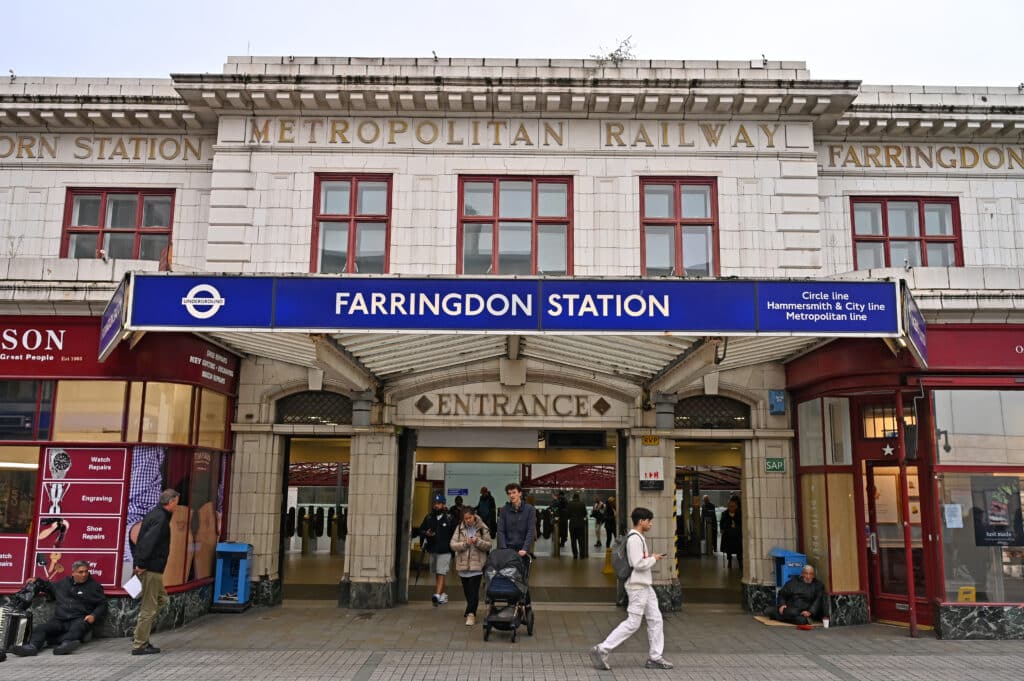
A number of bus lines – including the 4, 55, 63, 153, 243 – service stops a short walk from fabric. There are also a few night-bus services, including the N55 and N63, which operate in the area.
It’s possible to reach the venue by taxi or ride-share, and there is a licensed taxi queue near the entrance, but prices generally surge after around 3AM. There are a few public carparks near the venue, including Smithfield Car Park and Aldersgate Car Park.
fabric London is wheelchair accessible, offering both ramps from street level and a lift. However, the lift can be somewhat unreliable, so it’s best to contact the venue before arrival so that arrangements can be made if necessary.









